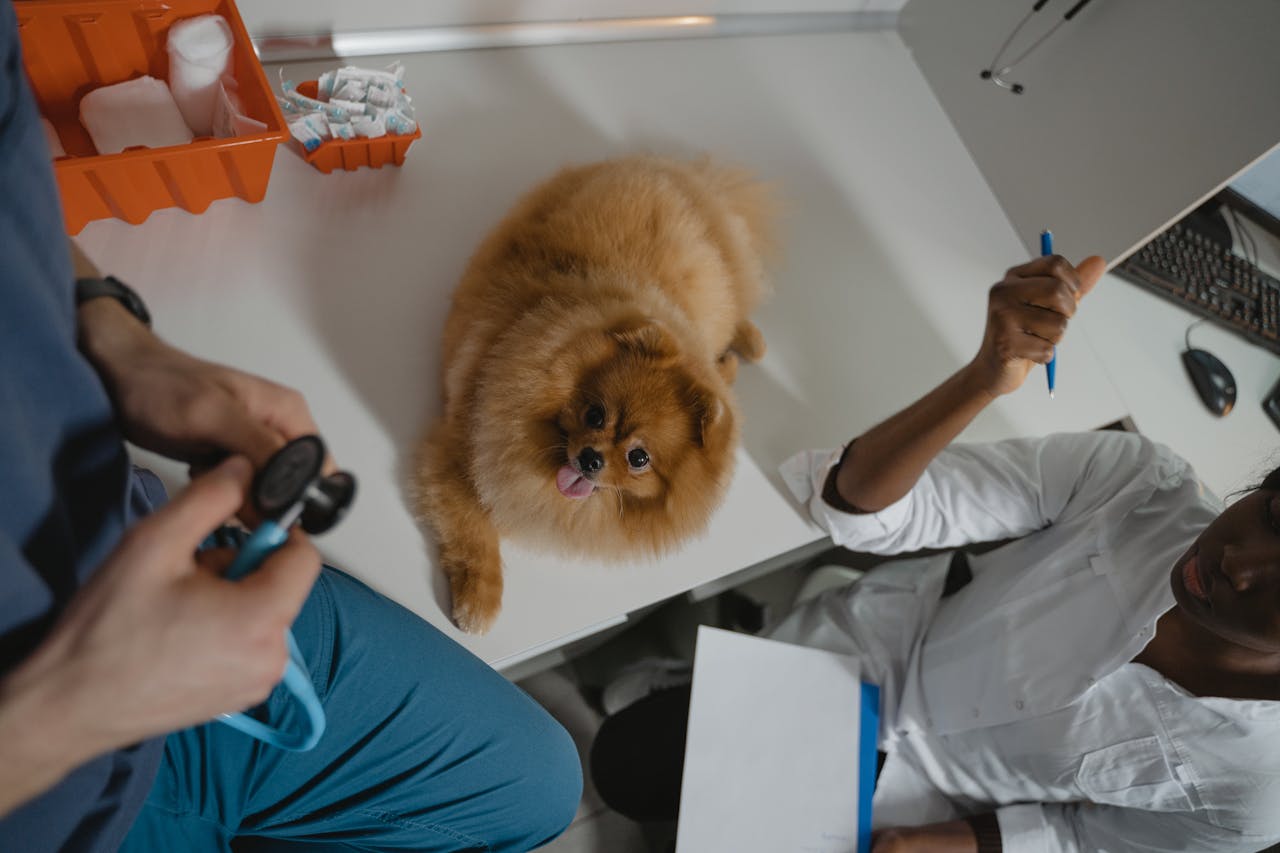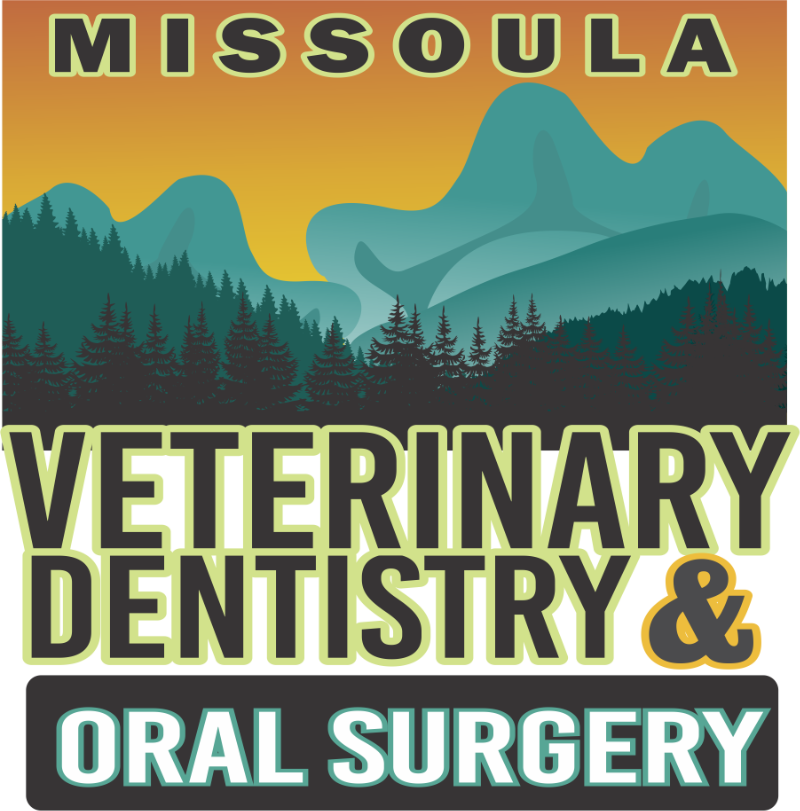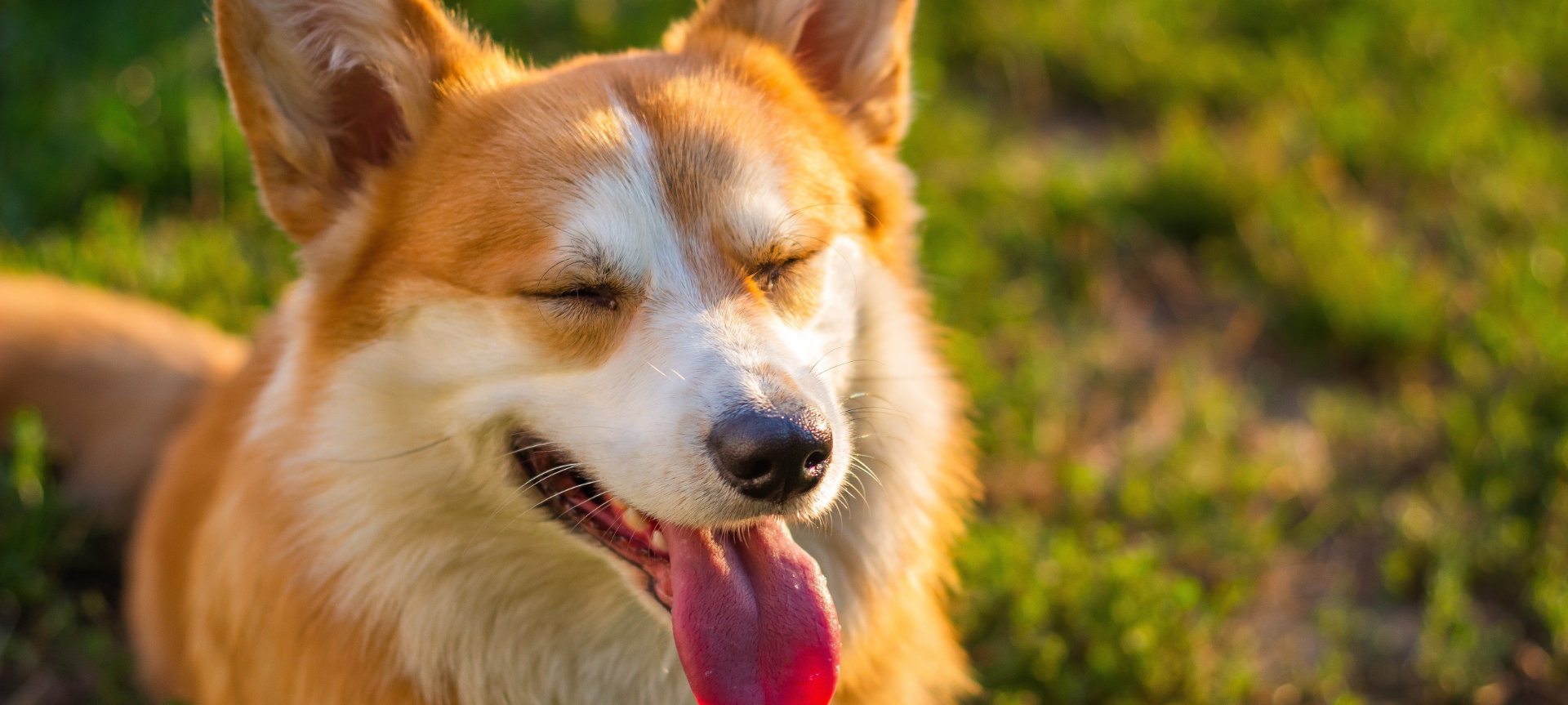
22 Feb A Brief History of the Veterinary Dentistry Specialty
Have you ever noticed how different your pet’s physical exam is from your own? Can you recall a time in your life when a general physician assessed each and every body part from the top of your head to the tips of your toes?
In the 1880s, medical doctors (treating humans!) began to specialize, and today we have physicians for oral maxillofacial care (OMFS), aural care (ENT), ocular care (ophthalmologist/optometrist), skin care (dermatologist), children (Pediatrician), elderly (Geriatrician), and many other fields of human medicine.
Meanwhile, veterinarians have done physical exams and diagnostics on patients of multiple species and ages, from nose to tail, since 1863. In fact, the first two Veterinary Specialties were not even founded until 1950! Thirty-eight years later, the American Veterinary Dental College (AVDC®) was granted provisional accreditation as a specialty organization by the AVBS (American Board of Veterinary Specialties). Full accreditation was achieved in 1995 and the number of Board Certified Veterinary Dentists™ has continued to grow each year.
Why choose a Veterinary Dental Specialist?
In the wild, canines and felines live and die by their teeth; a broken tooth makes the difference between eating and starvation. This is one contributing factor to a wolf’s 4-year average lifespan. Of course, we want our furry family members to live much longer. Now, while a broken tooth will not spell death by starvation for our pets (since they do not have to hunt for their food), it does bring a lot of pain. Historically in veterinary medicine, the only treatment for a broken tooth was surgical extraction. This is still a viable option that can be performed by a Board-Certified Veterinary Dentist™ or your primary care veterinarian (pDVM) if they are comfortable performing the procedure.
However, with a Board-Certified Veterinary Dentist™, you have options for preserving the tooth for function and comfort: root canal therapy, prosthodontics (dental crowns), restorative dentistry (for injuries that do not break into the pulp canal), and vital pulp therapy. In addition to saving teeth, Board-Certified Veterinary Dentists™ specialize in orthodontics, treatment of oral ulcerative conditions, repairing jaw fractures, and removal of oral tumors, especially those that require maxillectomies and mandibulectomies. For detailed information on all our services, click here!
Follow-up question: Why see a Board-Certified Veterinary Dentist™ for non-specialty procedures?
With the rise of Veterinary Dentistry Specialty and the advancement of veterinary medicine in general, the practice of dentistry and oral surgery have come a long way in a short time. While it is unlikely that most DVMs practicing today are using unverified and unsupported techniques to perform dental care, there is a wide range of educational and skill levels for veterinarians practicing dentistry within the scope of general practice. And for some, old habits die hard.
Here are a few red flag recommendations that are no longer considered “good medicine” for veterinary dental care in general practice:
- Anesthesia-free dental cleanings
- Read our blog on this here!
- Forgoing full mouth radiographs
- “During a routine visual dental examination, various subclinical pathologies may remain undetected beneath the gumline or within the tooth. In fact, research has shown that radiographs of teeth without clinical lesions yielded incidental or clinically important findings in 41.7 and 27.8% of dogs (Verstraete et al., AJVR 1998). A similar study showed that 42% of cats with clinically normal mouths had clinical pathology found using radiography, and radiographs revealed that 54% of cats with clinically abnormal mouths had additional pathology (Verstraete et al., AJVR 1998).” Read the full explanation on the AVDC® website.
- Lack of a designated anesthetist
- Anesthesia brings its own risks and challenges for each patient, so the sooner a problem is detected, the better. There are clinics where certified veterinary technicians or veterinary assistants are tasked with performing dental prophylaxis and dental radiographs while also monitoring during anesthesia. Even with the most skilled CVTs and VAs assigned to the task, changes to vital signs and anesthetic tolerance may not be detected as quickly by a multitasking mind.
Board-Certified Veterinary Dentist™ in Missoula, MT
When you schedule any procedure with our Board-Certified Veterinary Dentist™, you receive what we call a COHAT: Comprehensive Oral Health Assessment and Treatment. This includes pre-anesthetic bloodwork, full general anesthesia, IV fluids during the procedure via an IV catheter, a designated LVT anesthetist, radiographs taken of their whole mouth (including post-treatment if applicable), and the Board-Certified Veterinary Dentist™ completes a full assessment of your pet’s mouth before and during anesthesia. Contact us today to schedule an appointment.
Want more in-depth information on Board-Certified Veterinary Dentist™? Visit our previous blog post: Board Certified Veterinary Dentists in North America
Images used under creative commons license – commercial use (2/22/2024). Photo by Tima Miroshnichenko on Pexels



